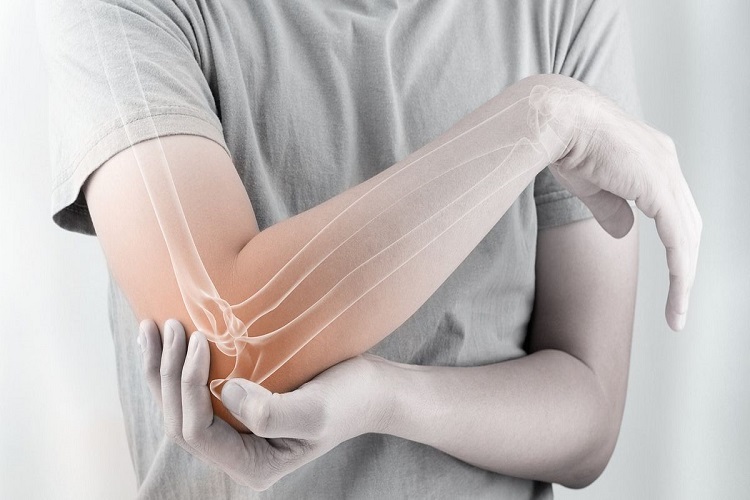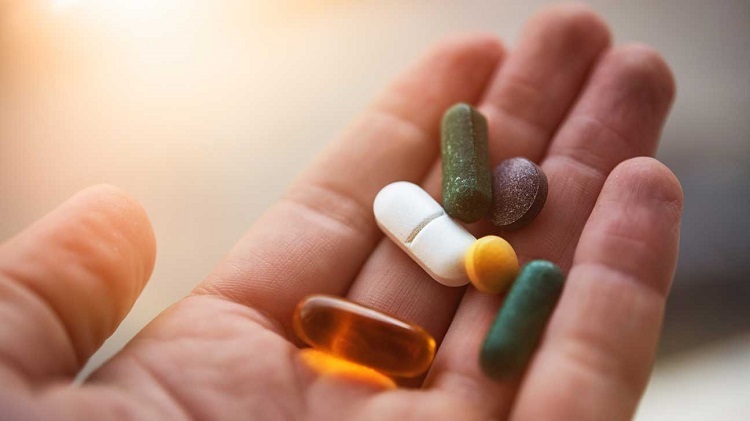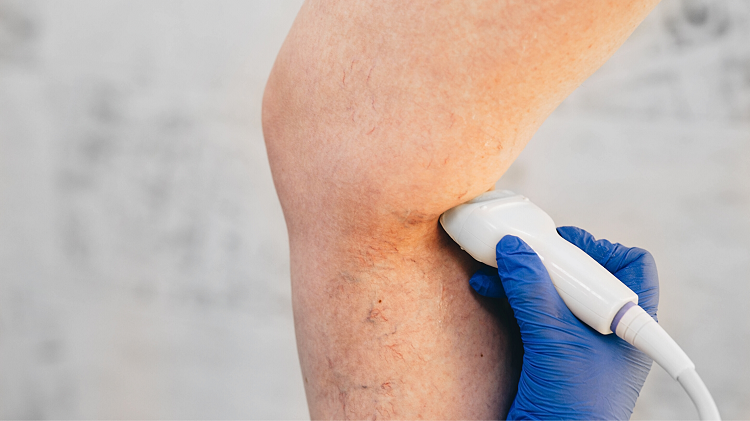People who experience general pain in their joints or suffer from rheumatoid arthritis near Berwick, which is caused by an overactive immune system, often seek help from herbalists. Some herbalists treat what they see as the root cause of rheumatoid arthritis, and that is inflammation. Because some people who suffer from severe pain in joints (due to rheumatoid arthritis or anything that causes intense pain) are sometimes treated with chemotherapy and immunosuppressive therapies by Berwick medical practitioners and herbalists. They would offer alternative therapists believe strengthen the body, cleanse the blood, and those that may lessen inflammation and pain in joints.
What are known as ‘alterative herbs’ may help to ease pain in joints by clearing out toxins and metabolic waste products from the body, and these are a basic ingredient of herbal medicine. These herbs may work by helping the drainage of the lymphatic system, support the cleansing work of the large intestines, and the kidneys, and increase blood flow which may relieve pain in joints. One of the causes of inflammation is when toxins and waste flow through the body.
Below are five herbs that may aid the body to stem inflammation and help it to detoxify and relieve pain in joints. The herbs may be of help to anyone who suffers ill-health, not only pain in joints, or rheumatoid or any other form of arthritis or inflammatory condition.
Remember, if you are on medication from a GP or specialist near Berwick, ALWAYS discuss your intention to use complementary medicine or herbs with them before you use them.
Table of Contents
1. Burdock Root:
Consuming enough essential fatty acids may be one of the best ways of easing pain in joints or anywhere else in the body. The herb Burdock has fatty oils, tannins and plant sterols in it which possibly gives the herb a good reputation for being an anti-inflammatory. Burdock root is popular in Asian cooking where it’s added to stir-fry meals or you can make a tea by chopping two tablespoons of fresh or dried burdock root. Then add the root to boiling water and let it simmer for 10 minutes; strain it and drink it warm. Three to four cups of Burdock root tea a day is recommended and may reduce inflammation or pain in joints. You can also take the herb as a capsule and follow the directions for your weight.
2. Flaxseed and oil:
One of the best Vegan sources of Omega-3 (ALA) is Flaxseed oil. This is also an important herb for a strong immune system and may reduce inflammation and pain in joints. It is thought that animal fats may lead to inflammation in arthritis sufferers and those with pain in joints. It’s recommended by herbalists to take two tablespoons of flaxseeds or flaxseed oil every day (if you suffer from diverticulitis, irritable bowel syndrome etc take the oil, not the seeds as they could cause an irritation). Don’t cook or heat the seeds or the oil.
3. Turmeric:
Research has provided a compelling justification for the use of Turmeric as an adjunct to the diet and to conventional therapy for pain in joints and arthritis and may be a very effective anti-inflammatory herb. Turmeric contains curcuminoids and curcumin both of which lessen inflammation. They are similar to the prescribed medications for pain in joints and arthritis such as non-steroidal anti-inflammatory drugs, (NSAIDs). Herbalists also use Turmeric to complement the traditional treatment of cataracts, cancer and dementia. Adding this spice to your daily diet may be helpful although as a herbal remedy a much larger dose is needed in the form of supplements. If you use it in your cooking, add some dried ginger and black pepper to help activate the Turmeric and you can also use it as a topical remedy which may help to relieve pain in joints.
4. Nettles:
Herbalists believe Nettles are one helluva great plant! It contains protein, iron, calcium, phosphorus, beta-carotene, magnesium and Vitamins A,C, D, and B complex in a form the body can easily use. Add to that a combination of minerals such as calcium, silicon, boron, and magnesium means it may ease pain and build strong bones. Stinging nettles have a long history of medicinal use as a treatment for pain in joints, and as a diuretic to remove excess fluid from the body. The leaves and stems of the Stinging nettle contain fine spines or hairs that contain chemicals it releases when it touches skin, causing irritation. The spines can cause a lot of pain in the person who accidentally brushes against it or tries to pick it with bare hands. If an area where there is pain in joints comes into contact with stinging nettle the pain from the nettles may reduce the original pain. Scientists believe stinging nettle achieves this by lessening the body’s levels of inflammatory chemicals and by intercepting the methods the body uses to transmits signals of pain. Drink a cup or more of nettle leaf tea daily as it may prevent inflammation and bloating, also it may nourish the adrenals and kidneys.
Some arthritis sufferers have reported to herbalists that they thrash the area where they have pain in joints with a fresh stalk of stinging nettle and it helps ease the pain. This is only for the brave, not the faint-hearted!
5. Liquorice:
Before you take or eat Liquorice remember that it is not advised for people with high blood pressure. It acts similarly to the body’s natural corticosteroids which lessen inflammation and it may decrease free radicals at the point of the pain in the joints and the inflammation. The Glycyrrhizin in Liquorice is believed to inhibit the production of enzymes involved in the body’s inflammatory process and to block and relieve inflammation. Liquorice also may support the body’s release of the hormone cortisol, an immunosuppressant, easing arthritis and the pain in joints. It also inhibits anxiety and adrenal fatigue which are side effects of cortisol. You can use Liquorice as a tea or a supplement.
Be aware that if you take a lot of Liquorice – more than 20 grams is not advisable – you may have some serious side effects that affect your heart, blood pressure or you might suffer from severe headaches. Avoid Liquorice if you have diseases of the heart, kidney, high blood pressure or hypokalemia (low potassium).
The best way to ease the symptoms of pain in joints or arthritis is a proper diet of fresh vegetables, essential fatty acids, and fibre. Try Yoga and gentle stretching exercises that will help ease and prevent pain in joints by opening them up and helping to distribute synovial fluid which helps to lubricate them. To discover more natural joint pain relief options, visit this website: https://colonialsun.com/
Presented by Orthobiologics Associates – stem cell therapy florida









